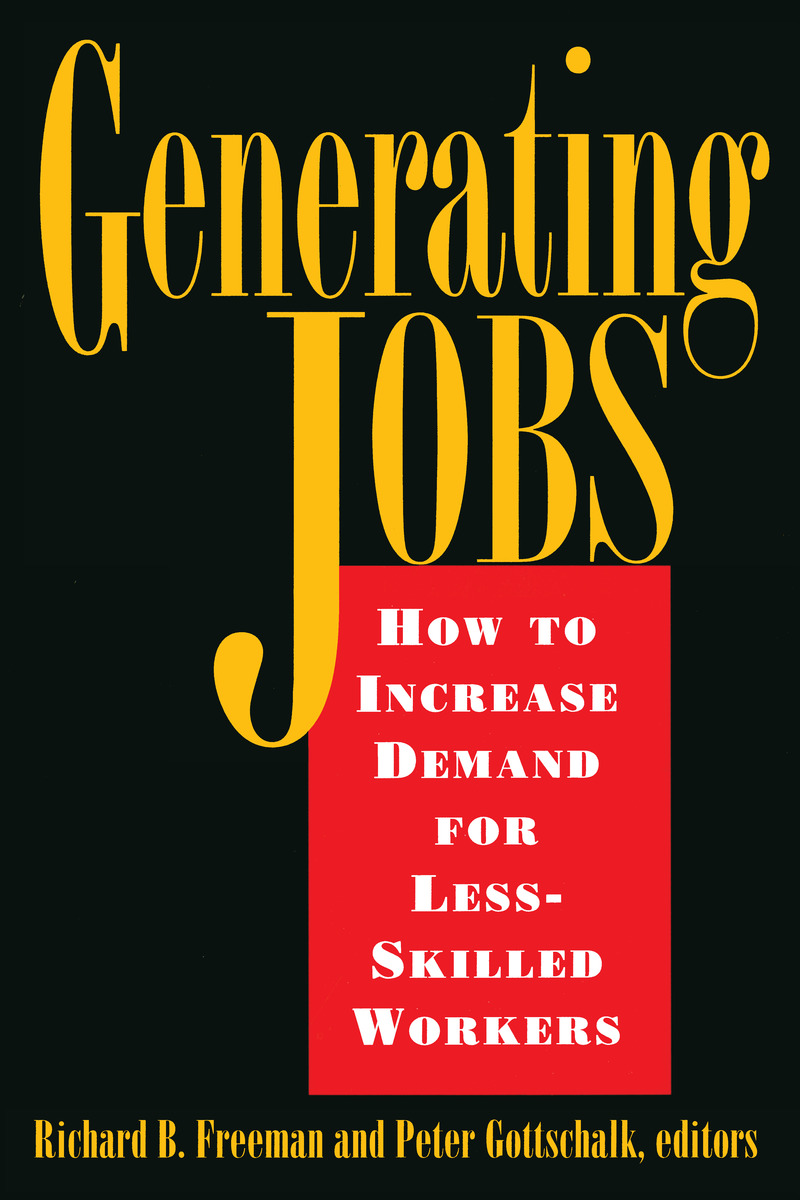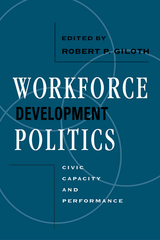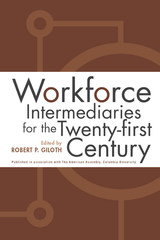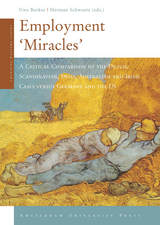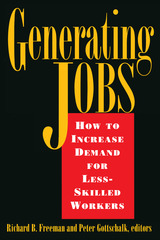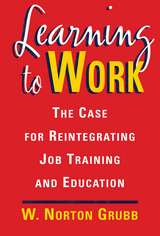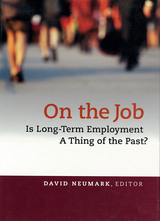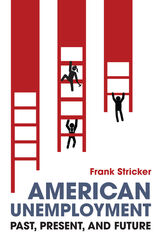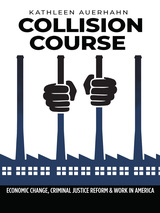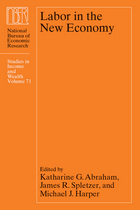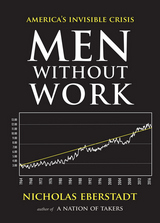Generating Jobs: How to Increase Demand for Less-Skilled Workers
Russell Sage Foundation, 1998
eISBN: 978-1-61044-220-6 | Paper: 978-0-87154-361-5 | Cloth: 978-0-87154-360-8
Library of Congress Classification HD5715.2.G46 1998
Dewey Decimal Classification 331.120420973
eISBN: 978-1-61044-220-6 | Paper: 978-0-87154-361-5 | Cloth: 978-0-87154-360-8
Library of Congress Classification HD5715.2.G46 1998
Dewey Decimal Classification 331.120420973
ABOUT THIS BOOK | AUTHOR BIOGRAPHY | TOC
ABOUT THIS BOOK
The American economy is in danger of leaving its low-skilled workers behind. In the last two decades, the wages and employment levels of the least educated and experienced workers have fallen disastrously. Where willing workers once found ready employment at reasonable wages, our computerized, service-oriented economy demands workers who can read and write, master technology, deal with customers, and much else. Improved education and training will alleviate this problem in the long run, but educating the new workforce will take a substantial national investment over many years. In the meantime, we face increasingly acute questions about how to include low-skill workers in today's economy. Generating Jobs takes a hard look at these questions, and asks whether anything can be done to improve the lot of low-skilled workers by intervening in the labor market on their behalf. These micro demand-side policies seek to improve wages and employment levels—either by lowering the costs of hiring low-skilled workers through employer subsidies, or by raising wage levels, benefit levels, or hours of employment, or by providing employment via government jobs. Although these policies are not currently popular in the U.S., they have long been used in many countries. Generating Jobs provides a clear-eyed assessment of this history, and asks if any of these policies might be applicable to the current problems of low-skilled workers in the United States. The results are surprising. Several recently touted panaceas turn out to be costly and ineffective in the American labor market. Enterprise zones, for instance, are an expensive way of moving jobs into areas of high unemployment, costing as much as $60,000 per job. Similarly, job-sharing, which has had uneven success in Europe, turns out to be ill-suited to conditions in the U.S., where wages are relatively low and workers need to work long hours to maintain income. On the other hand, a number of older, less flashy policies turn out to have real, if modest, benefits. Wage subsidies have increased employment among qualifying workers, and public employment policies can increase the number of workers from targeted groups working during the program. While acknowledging that many solutions are counterproductive, this definitive review of active labor market policies shows that many programs can offer real help. More than any rhetoric, Generating Jobs is the best guide to future action and a serious response to those who claim that nothing can be done.
See other books on: Freeman, Richard B. | Job creation | Manpower policy | Supply and demand | Unskilled labor
See other titles from Russell Sage Foundation
